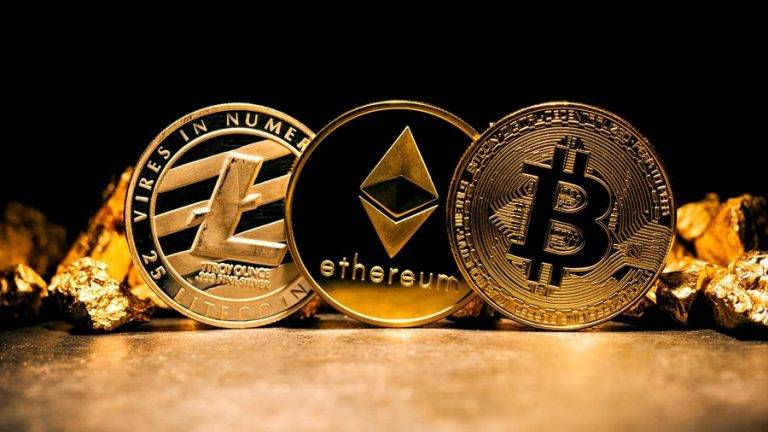
How NFTs are Changing the Game for Collectibles
Introduction
Non-fungible tokens, or NFTs, have taken the world by storm, revolutionizing the way we think about collectibles. NFTs are unique digital assets that exist solely in the digital world, allowing people to buy and sell unique, one-of-a-kind items that were previously impossible. In this article, we will explore how NFTs are changing the game for collectibles.
Verification of Ownership and Authenticity
One of the main advantages of NFTs is their ability to provide a secure and transparent way to verify ownership and authenticity. Each NFT is unique and has its own digital signature, which is stored on a blockchain, a decentralized digital ledger. This means that the ownership and authenticity of an NFT can be easily verified, and the risk of fraud or duplication is greatly reduced.
This verification process has opened up new possibilities for the collectibles market, allowing people to buy and sell digital assets with confidence. For example, sports memorabilia collectors can now purchase NFTs that represent a specific moment in a game or a player’s career, such as a game-winning shot or a record-breaking home run. With NFTs, collectors can be sure that the item they are purchasing is authentic and that they are the sole owner of the digital asset.
Monetization of Digital Art
Another advantage of NFTs is that they allow creators to earn money from their work in new ways. For example, artists can now sell their digital artwork as NFTs, which allows them to monetize their work in ways that were previously impossible. NFTs provide artists with a way to create unique, one-of-a-kind digital art that can be sold to collectors.
This has opened up new possibilities for artists, who can now earn money from their digital creations. For example, a digital artist can create a unique piece of art and sell it as an NFT to a collector. The collector then owns the digital asset, and the artist receives payment for their work. This provides artists with a new way to monetize their work and reach a wider audience.
New Markets for Collectibles
NFTs have also opened up new markets for collectibles. For example, virtual worlds such as Decentraland and Somnium Space have emerged as new marketplaces for NFTs. In these virtual worlds, users can buy and sell virtual land, buildings, and other digital assets using NFTs.
This has created a new market for collectors, who can now purchase virtual land and buildings in these virtual worlds. Collectors can now own unique, one-of-a-kind digital assets that exist solely in the virtual world. This has opened up new possibilities for collectors, who can now own digital assets that were previously impossible to own.
In addition to virtual worlds, NFTs have also opened up new markets for collectibles in the gaming industry. For example, game developers can now create unique in-game items, such as weapons or armor, and sell them as NFTs. This provides gamers with a new way to collect rare and unique in-game items.
Increased Accessibility
NFTs have made it possible for collectors to own unique digital assets that were previously inaccessible. For example, high-value art pieces or rare sports memorabilia were typically only available to wealthy collectors who could afford to bid on these items at auction. However, with NFTs, collectors can now own a digital representation of these assets, allowing them to own a piece of history without breaking the bank.
In addition, NFTs have also made it possible for people to invest in the art and collectibles market in a more affordable way. Previously, investing in art or collectibles required a significant amount of capital and expertise. However, with NFTs, anyone can invest in digital art or unique collectibles with just a few clicks.
Increased Interactivity
NFTs have also made it possible for collectors to interact with their digital assets in new and exciting ways. For example, a collector who owns an NFT that represents a virtual piece of land can interact with that land in a virtual world. They can build on it, customize it, and even monetize it in various ways.
In addition, NFTs have made it possible for creators to offer unique experiences to their collectors. For example, a musician can sell an NFT that provides the buyer with exclusive access to a concert or meet-and-greet. This creates a new level of engagement and interactivity between creators and their fans.
Challenges and Limitations
While NFTs have opened up new possibilities for the collectibles market, there are also some challenges and limitations to consider. One of the main challenges is the environmental impact of NFTs. The process of creating and selling NFTs requires a significant amount of energy, which can have a negative impact on the environment.
In addition, there is also the issue of digital ownership. While NFTs provide a way to verify ownership and authenticity, they do not necessarily provide the same level of physical ownership that traditional collectibles offer. For example, a collector who owns an NFT that represents a rare sports memorabilia item does not actually own the physical item itself.
Conclusion
NFTs are changing the game for collectibles, providing a new way for collectors to buy and sell unique, one-of-a-kind digital assets. NFTs provide a secure and transparent way to verify ownership and authenticity, and they allow creators to monetize their work in new ways. NFTs have also opened up new markets for collectibles, such as virtual worlds and the gaming industry. The future of NFTs and collectibles is bright, and we can expect to see even more innovation and growth in this exciting new market.
Victoria spent the last year and a half I have been working for coinjet.info, a cryptocurrency news site, covering all breaking news content.


